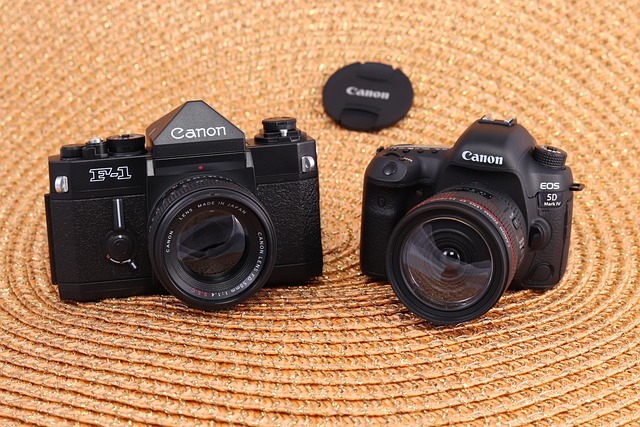
The film photography journey has a rich history that spans over a century, and it continues to captivate photographers and enthusiasts alike with its unique qualities that cannot be replicated by digital cameras. In the olden days, Black and white film photography is popular. Many different film camera types have been introduced to the market during the past century. Each one stands out due to the distinct qualities and patterns it has. The warm tones, soft edges, and natural grain of the film have a timeless quality that appeals to many photographers. There are various film cameras available to suit different needs, including easy-to-use Compact Cameras including the Olympus Stylus Epic and Contax T2, advanced Single Optical Glass Cameras like the Canon AE-1 and Nikon F3, and the Twin Reflex cameras like the Rolleiflex and Yashica Mat that offer a unique look and feel. Other various film camera models include instant cameras, rangefinder cameras, panoramic cameras, and the first film cameras ever made, the pinhole camera or Camera Obscura
In this blog, we will provide a comprehensive guide for those who want to shoot film, exploring the different kinds of film cameras available and their features, benefits, and popular models. We will also discuss why using film cameras remains relevant today, including the desire to shoot film as an art form, the availability of popular films, and the deliberate approach to photography that film requires. Additionally, we will provide tips and tricks for achieving the best results when shooting with video cameras. Whether you’re a seasoned film photographer or just starting, this guide will help you choose the right camera and film for your next shoot.
Following are the different types of Film Cameras
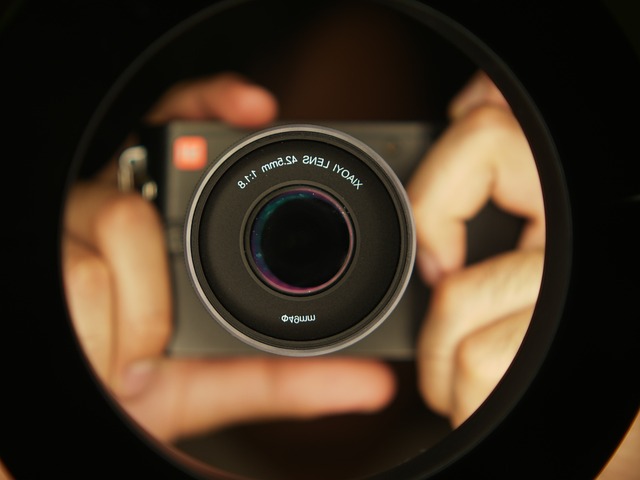
Point-and-shoot cameras are a popular kind of camera that is easy to use and perfect for everyday shooting. These cameras are usually compact and have fixed optical glass, making them lightweight and easy to carry around. They are called Pocket Cameras because they allow the photographer to simply point the camera and shoot without having to worry about adjusting settings like aperture and shutter speed. The ease of use makes this camera very appealing and this type of camera is also much less expensive than Single optical glass Cameras and Range-Finder cameras. Some Pocket Cameras are motorized and automatically advance your film to the next frame after you click the shutter.
One of the main advantages of Pocket Cameras is that they are very versatile and can be used with different types of film. For example, a 35mm film roll camera is a popular choice for Pocket Camera, but they can also be used with a black-and-white film or even 120 format film. Additionally, Pocket Cameras can be used with disposable cameras, which are a convenient and affordable option for one-time use.
Simple Camera or Box Camera were popular and are a type of Pocket Camera that uses a roll of film and has a simple design. They are called box cameras because they are literally shaped like a box and have a single, fixed Optical Glass on the front of the camera. Simple cameras are easy to use and produce a unique, vintage camera look that is popular among film photographers.
When it comes to choosing the best Pocket Camera, it is important to consider the quality of the Optical Glass, the ease of use, and the size and weight of the camera. Some popular models include the Olympus Stylus Epic, which is known for its sharp Optical Glass and compact design, and the Canon Sure Shot, which has a fast autofocus system and a built-in flash.
Overall, Compact Cameras are a great choice for those looking for an easy-to-use camera that can produce high-quality images with different types of film. Whether you’re using a 35mm film camera or a simple camera, Compact Cameras offer a versatile and convenient option for capturing your memories on film.
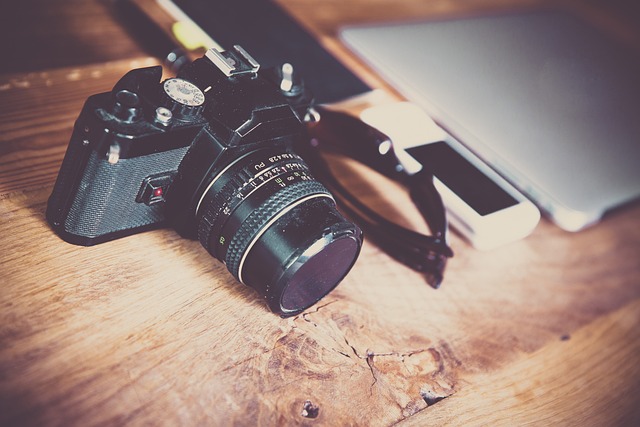
Single Lens Reflex cameras are a popular and favourite film camera choice for photographers of all levels. These cameras are known for their versatility and image quality, making them a go-to for professional photographers and hobbyists alike. An image is projected into the viewfinder as a result of light passing through the Optical Glass and reflecting off an angled mirror inside the Camera Structure.
One of the most important components of a Single Lens Cameras camera is the camera body. This is the main part of the camera that houses the image sensor, controls, and other essential components. When choosing a Single Optical Glass Cameras camera, it’s important to consider the camera structure carefully to ensure it meets your needs. When it comes to Single Lens Cameras, the camera comes with removable lenses, which is one of their key features. This allows photographers to swap out lenses depending on the type of shot they want to take. Some of the best camera brands that offer Single Lens Cameras with removable lenses include Canon, Nikon, and Sony.
So how do Single Lens Cameras work? These cameras use a mirror and prism system to reflect light from the lens into the viewfinder, allowing the photographer to see exactly what the camera sees. When the shutter button is pressed, the mirror flips up and the image sensor captures the image. While Single Lens Reflex cameras are often larger and heavier than compact cameras, they offer a number of advantages, including superior image quality and the ability to use different lenses. Single Optical Glass Reflex film cameras were once the most popular type of SLR camera, but digital cameras have largely taken over in recent years.
If you’re just getting started with Single Optical Glass Reflex cameras,, you may want to consider a camera that comes with twin lenses a standard zoom lens and a telephoto lens. This will give you the flexibility to take a wide range of shots without having to invest in additional lenses right away. Ultimately, the type of Single Optical Glass Reflex camera takes you to choose will depend on your specific needs and preferences. Whether you opt for the best film camera type or a digital camera, SLR film cameras offer a level of control and image quality that’s hard to beat.
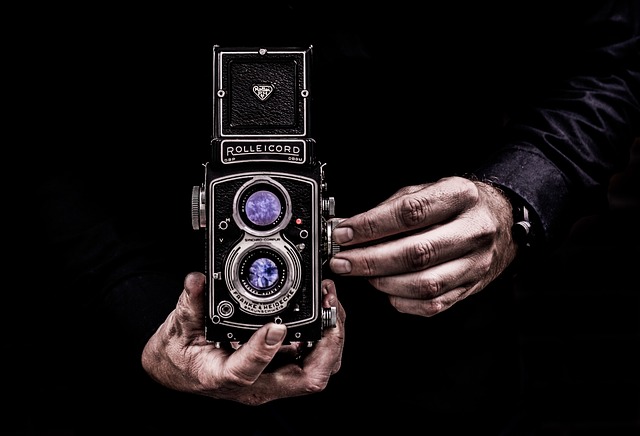
TLR cameras, also known as “twin-lens reflex” cameras,
features two lenses: one for framing and seeing the scene, and a second for taking the photo.
are a unique “type of camera” that has been around since the late 19th century. These cameras use two lenses – one for viewing and one for capturing the image – which allows for a distinctive waist-level viewfinder “camera design”. The first Twin Lens Reflex camera was created in 1880, and it became increasingly popular in the 1930s with the release of the Rolleiflex and Rolleicord cameras.
One of the main advantages of Twin Lens Reflex cameras is that they use “120mm film”, which is a “large format” film that produces high-quality images with exceptional detail and tonality. Unlike “point and shoot” cameras or other “analog camera” types, Twin Lens Camera cameras are well-suited for capturing fine details and subtle nuances in the scene. Twin Lens cameras can also use different types of film, such as “instant film”, which produces prints immediately after exposure.
When using a TLR camera’s feature is, important to “advance the film” after each shot by manually turning the film advance knob. This allows the next frame of film to be positioned in front of the optical glass for the next exposure. The top of the camera usually has a built-in light meter, which can be used to determine the proper exposure settings for the scene.
While Twin Lens Reflex cameras are not as widely used as they once were, they remain popular among many photographers who appreciate their unique perspective and image quality. Some popular Twin Optical Glass Reflex cameras include the Rolleiflex and Rolleicord cameras, as well as the Yashica Mat and Mamiya C series cameras. These cameras can be found on the used market and can still produce stunning images when used properly.
Rolleiflex, Yashica Ma is an example of a Twil Lens ReCamera.
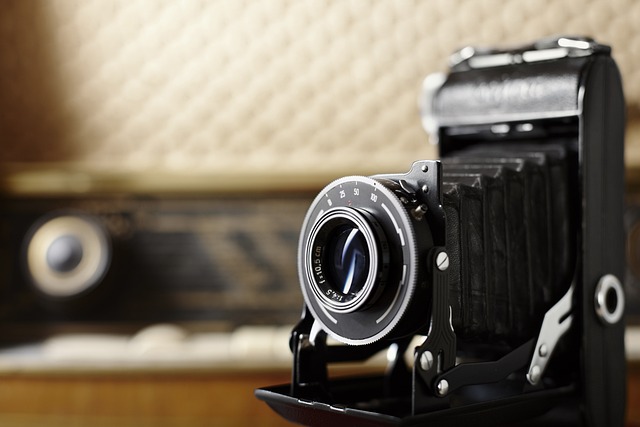
Medium format cameras such as the Hasselblad 500C/M and Mamiya RB67 are popular among professional photographers due to their exceptional “image quality” and versatility. These cameras use “120 films,” which is larger than the 35mm film used in traditional Pocket Cameras. The larger format allows for greater detail, more dynamic range, and a shallower depth of field, which are all desirable features for photographers looking to capture stunning images. These cameras are also popular due to their ability to switch out different backs for “instant film” or to “advance the film” to shoot multiple exposures.
Medium format cameras are “analog cameras” that require a certain level of skill and knowledge to operate effectively. They often have a unique “camera design” that includes a modular system that allows for interchangeable lenses and viewfinders. The “top of the camera” often includes a waist-level viewfinder that flips up to reveal the focusing screen. While these cameras may be bulkier and heavier than traditional Pocket Cameras, they offer photographers greater control and creative possibilities. Overall, medium format cameras are an excellent option for photographers looking to capture exceptional image quality and explore the creative possibilities of analog photography.
The following are the benefits of a Film Camera, They are
Overall, movie cameras offer a unique set of benefits, such as image quality, a unique learning experience, cost-effectiveness, and creative control. These factors make movie cameras a great choice for photographers who are looking to improve their skills and produce high-quality, distinctive images.
Choosing a movie camera can be a challenging task, especially for those who are new to the world of analog photography. There are several factors to consider, including a budget, personal preferences, and the availability of film and accessories. Moreover, there are various kinds of movie cameras to choose from, such as sheet film, press cameras, old cameras, and polaroid cameras. In this article, we will discuss the essential factors to consider when choosing a movie camera and explore the different kinds of Movie cameras available in the market.
When it comes to choosing a movie camera, there are several factors to consider. Two important factors are budget and personal preference.
Film cameras are extremely varied in price, ranging from inexpensive to extremely expensive. Twin Lens Reflex cameras, for example, feature a waist-level viewfinder and are typically less expensive than other kinds of Movie cameras. However, they may not have the same level of image quality as other cameras. It’s also important to consider the cost of film and processing when choosing a camera. Various film options can vary in price, and developing the film can also add up. One way to save money is to learn to develop the film yourself.
When it comes to personal preference, there are several factors to consider. Do you want a Pocket Camera or a camera that allows you to manually adjust settings? Are you interested in a particular camera model or brand? Great starter cameras for film photography include the Pentax K1000 and the Canon AE-1. It’s also important to consider the kind of film that comes with the camera, as this can affect the overall image quality. Some cameras come with specific film types, while others allow you to use a variety of films.
In addition to these factors, it’s important to consider other features such as how to advance your best film and the overall design of the camera. Some cameras, such as folding cameras, are compact and easy to carry around, while others may be bulkier but offer more advanced features. Ultimately, the best way to choose a different movie camera type is to do your research, consider your needs and preferences, and try out different options until you find the one that works best for you.
Movie cameras are extremely versatile, with a range of options available to suit different needs and preferences. Twin Lens Reflex cameras feature a unique twin optical glass design that allows for accurate focusing and composition, while Pocket Cameras are simple and easy to use. There are also a variety of film options available, from 35mm camera to 120 medium format film and even large format. When choosing a particular camera, it’s important to research the availability of film for that particular model.
Additionally, it’s crucial to consider the availability of accessories, such as optical glasses, flashes, and film advanced systems. Great starter cameras often have a wide range of available accessories, making them an excellent choice for beginners. On the other hand, specific cameras may have limited accessory options, which may make them less suitable for some photographers.
It’s important to note that film comes in different types and brands, and it’s essential to choose the right one for the specific camera being used. Some cameras require specific film types or sizes, so it’s important to research this information before making a purchase.
In conclusion, while budget and personal preference are essential factors to consider when choosing a Movie camera, it’s also important to think about the availability of film and accessories. With careful research and consideration, photographers can find the perfect film camera to suit their needs and create stunning images.
In conclusion, film photography offers unique benefits and a wide range of options for those interested in exploring the medium, including the timeless appeal of black and white photography. As discussed, movie cameras are extremely versatile and offer creative control, image quality, and a learning film photography experience. There are many different kinds of movie cameras available, from Twin Optical Glass Reflex cameras that feature dual optical glasses for accurate framing to Pocket Cameras that are great starter options. When choosing a modern movie camera, factors such as budget, personal preference, and availability of film and accessories should be taken into consideration. It is also important to understand common film sizes, film grain, and how cameras get their name based on their format. No matter which particular camera you choose, all movie cameras have an optical glass camera that captures light onto the film, creating a unique and organic image.
Whether you try older film formats or modern single-use cameras, experimenting with different kinds of film can lead to discovering your favourite movie cameras and styles of photography. So, if you are interested in learning film photography, don’t hesitate to dive in and explore this rich and rewarding camera category, including beautiful and classic black-and-white photography.